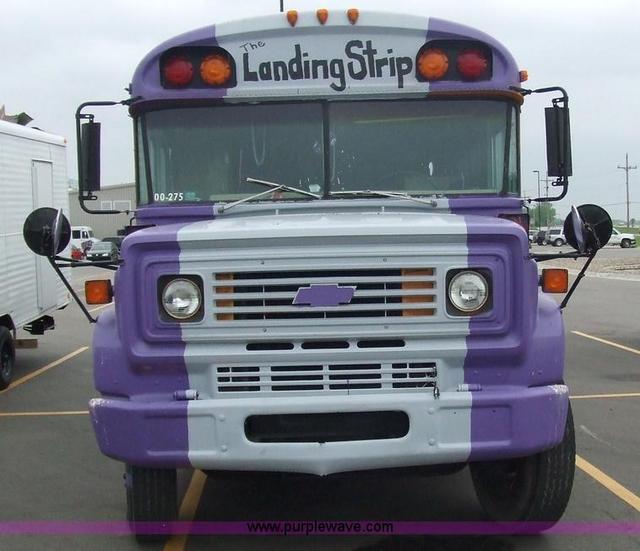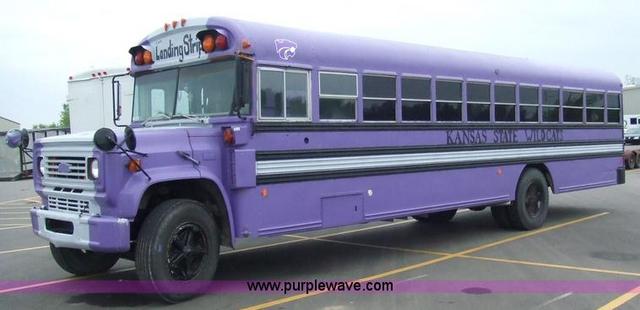I’m interested in faithful audio reproduction on my home stereo, not just sheer loudness; and even if I don’t end up choosing to stay there, I’ve always wanted to start with a flat frequency response — that is, every pitch that’s played back coming out of the speakers (more to the point, reaching the listener) at the same volume.
My Sony TA-E9000ES preamp / processor has a white noise generator for calibrating the volume of the surround speakers — it sends “static” to each speaker one at a time going around the room. Because I can hear a distinct difference in the “color” of the static when it goes from my main front speakers to my center channel, I already assumed that my different speakers are not providing the same reproduction of the signal going into them — which means that at least some of them (and probably all of them) are not delivering a flat playback.
While poking around on Behringer’s web site, I came across their discontinued DSP8024 digital equalizer. It offers thirty-one 1/3-octave bands of graphic equalization from 20Hz to 20kHz — but more importantly, it offers real-time analysis of your audio system. Connect a reference microphone and turn on auto-equalization and it plays pink noise through your speakers and adjusts the EQ to give you flat response.
And because it’s discontinued, I figured a used one would be a cheap way to get into real-time analysis and flat frequency response. Within a week or so I had picked one up on eBay with the ECM8000 reference microphone.
After flattening my room response, the sound coming through my DSP8024 is simultaneously absolutely awful and absolutely glorious.


